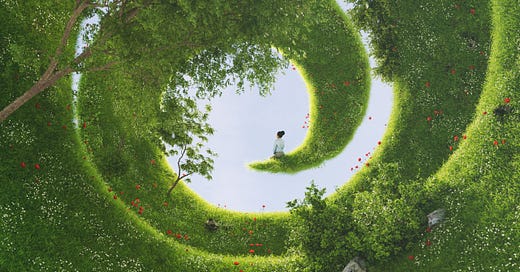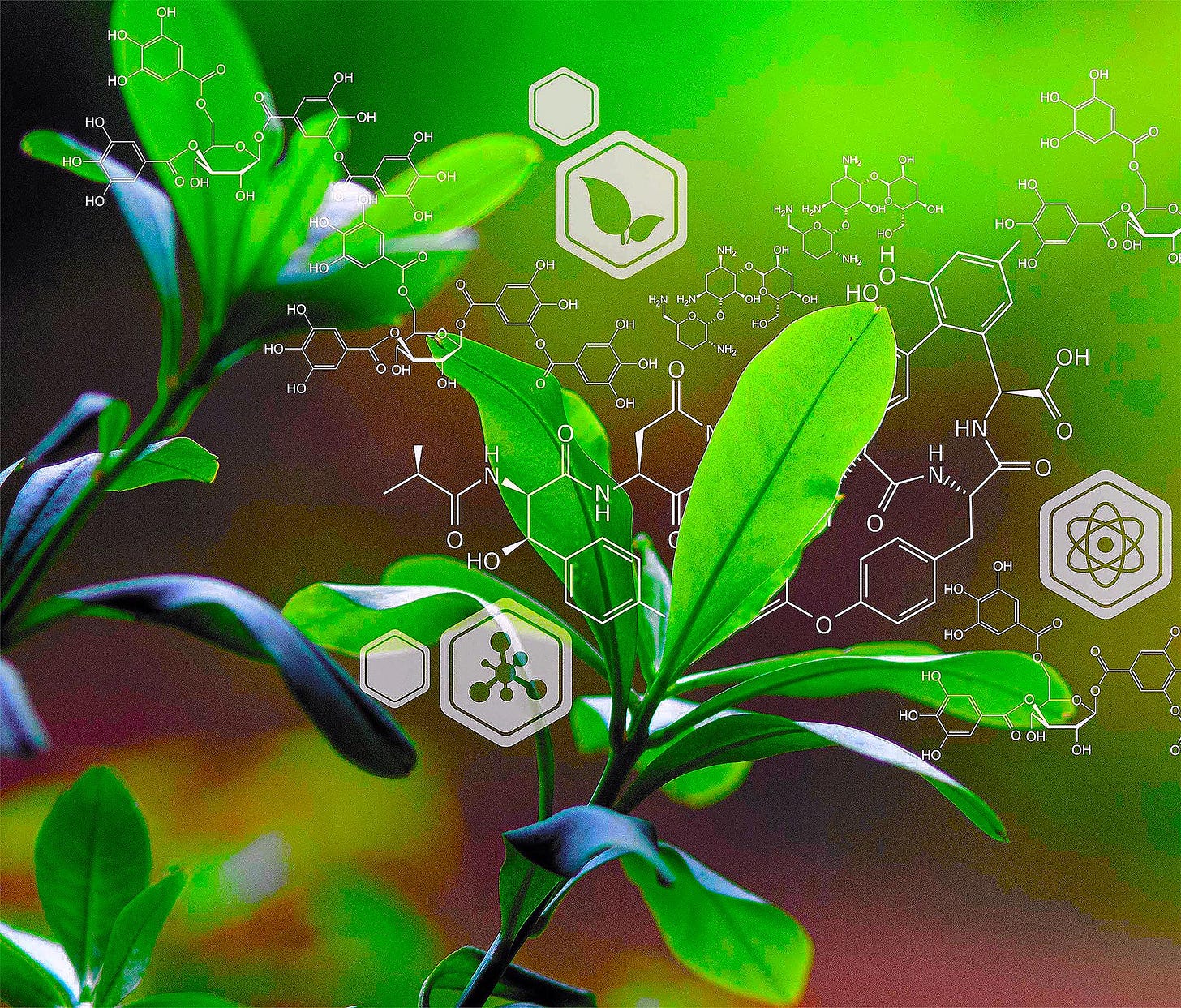I can imagine myself saying to my future parents in a future life, “I want to be a phytolinguist!” Ursula Le Guin coined this word in 1974 in her futuristic short story The Author of the Acacia Seeds, set in a future world where linguists routinely study the languages Dolphin, Ant, Worm, Penguin and more, and humans have long lost the hubris that they are the only intelligent beings on the Earth. The president of the linguistic society in the story imagines a group of future linguists laughing at a time when no one understood Plant. He says, “Do you realize,’ the phytolinguist will say to the aesthetic critic, ‘that they couldn’t even read Eggplant?’ And they will smile at our ignorance, as they pick up their rucksacks and hike on up to read the newly deciphered lyrics of the lichen on the north face of Pike’s Peak.”
Only fifty years after Le Guin wrote this story, scientists are on the edge of understanding what sperm whales are saying. Like science fiction often does, this story was a forerunner, written decades before science catches up. Now that scientists have “discovered” that plants do in fact communicate, they are finally studying how as well. Plants are the original chemists of our world, sending thousands of chemical signals every day, in a vast web of complex exchanges. Yet, they are so intricate that we are only barely beginning to understand how much we don’t know.
Several popular science books have been published in the last five to ten years that make accessible to us what has been learned about plant intelligence and I have gobbled up many of these books in my research for my upcoming book, The Flowers Are Speaking. They have fed my writing and my heart with fascinating stories as well as satisfying my mind that wants to understand the connections I sense and messages I receive from the flowers. The old, encultured story I was raised with—the one that says that plants are not sentient—is one I can still succumb to if I let fears and doubts creep in and forget to listen to my heart.
The most recent book I have read is The Light Eaters: How the Unseen World of Plant Intelligence Offers a New Understanding of Life on Earth by Zoë Schlanger. It is a brilliantly written book, making the nuanced science of plant intelligence readable and accessible, with fascinating examples and stories. Best of all, especially at the end of the book, she allows herself to speculate philosophically about the consciousness of all life, stepping further than most scientists will allow themselves to when talking about plant intelligence.
Schlanger says, when talking about the word intelligence in relation to plants, “We can take the risk, and hope that understanding will follow. We can try our best to make its meaning clear, not muddled by overly human categories. Putting too human a sheen on plant intelligence is a failure of imagination, after all. Plants are exuberantly, bafflingly, intelligently themselves.”
Perhaps going forward, the world of fantasy is another way I will explore flowers, now that I have begun to explore Le Guin’s stories. A new book author Sophie Strand is currently writing, a romantasy titled The Tristan Trilogy, already promises to bring us deep into the flowers’ world. In an excerpt she has shared, Tristan, the main character says, “I wanted to feel what the seeds feel!” You can read the first excerpt of this remarkable book in her Substack post from June 1st.
I hope to share more of my research and the books I have read and other fascinating tidbits that have influenced my writing journey in future posts, alongside my usual musings.
In the meantime, here is an excerpt from my forthcoming book that speaks to these reflections on the myriad of conversations happening all around us, life upon life.
“I would love to eavesdrop on the busy chatter happening in a meadow of lavender mixed with grasses, spiders, insects, animals and many other plants, and wildflowers. I imagine they would be exchanging information about the same things we “small talk” about—the changing weather, their needs for food and water supplies, their children, and potential threats to their community.
“What else are the flowers sensing in their fields? Can they feel the long story of the land they live on—its history? Can they sense the people and animals that have lived there before? Do they know the fertility of the soil? Do they perceive upcoming threats to their community? Can they predict the weather? Do they know where they need to go in a changing climate?
“There was a time in our past when the knowledge of how plants sustain us and what they had to offer was instinctual. How to know and understand and hear their wisdom was taught, rather than just learning their traits by rote memory. We believed, as whole societies, that plants could communicate with us, that we could receive messages from them.
“When I sit with my lavender plant, I am sitting with a wise grandmother—or better yet, a whole council of grandmothers. They say to me, ‘Come sit by the hearth and let us help you remember. Remember when you trusted your deep knowing, your intuition. Let my scent awaken those ancient pathways, open your intuition, and lead you to your heart.’”
Have you read any fantasy or science fiction of fantastical intelligent plants?
Let me know, too, if you would truly be interested in my research and book lists.
Please share with me in comments!






I would love to know your book list of great reads on talking to the plants and other beings like the rocks and soil and so on. I loved reading this post!!!! Looking forward to your book emerging into availability. Thank you for sharing an excerpt of it.
Ooooo. Thanks so much. I appreciate it!